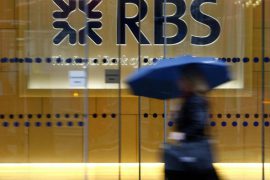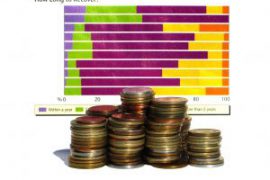Shopping for loans and credit cards is about to get a lot more complicated as millions of borrowers looking for headline rate deals will suddenly find they are offered a more expensive deal.
It’s like going in to the supermarket and picking up a bag of apples for a £1 – but when you get to the check out, you have to pay £1.50 while the shopper in front only paid a £1 for the same apples.
From February 1, banks and credit card companies are likely to refuse more applications as the new rules let them cherry pick more customers than they do now.
The EU rules that come in to force on that day let lenders give headline APR rates to just over half (51%) of approved applicants instead of the current level of two out of three (66%).
Finance experts claim only 1 in 15 credit applicants will end up with an offer at the advertised rate – the rest will pay more or be refused.
With 1.5 million credit applications last year, only 100,000 borrowers would have picked up the best rate.
The EU consumer credit directive covers all personal borrowing for a term of longer than a month between 200 Euros (about £165) and 75,000 Euros (about £60,000). Mortgages and debit cards are excluded.
The rules are not completely in favour of lenders, borrowers are given some extra protection as well.
Banks and credit card companies have to confirm a borrower can afford to take out a loan – and if they up the credit limit at any time they have to carry out the same checks again.
Borrowers also have a 14-day no questions asked cooling off period that lets them cancel any credit agreement without penalty.
Lenders cannot charge more than 1% of the loan as an early repayment charge and this reduces to 0.5% in the last 12 months of the agreement.
Advertising and credit agreements will become more ‘transparent’ by explaining terms and conditions better.
Expect to see a new ‘representative’ APR advertised for personal borrowing rather than the current ‘typical’ APR.
The changes are not expected to affect interest rates as lenders will make more money from the unlucky 49% who are offered a loan but at a rate above the headline ASPR that lured them to apply.




